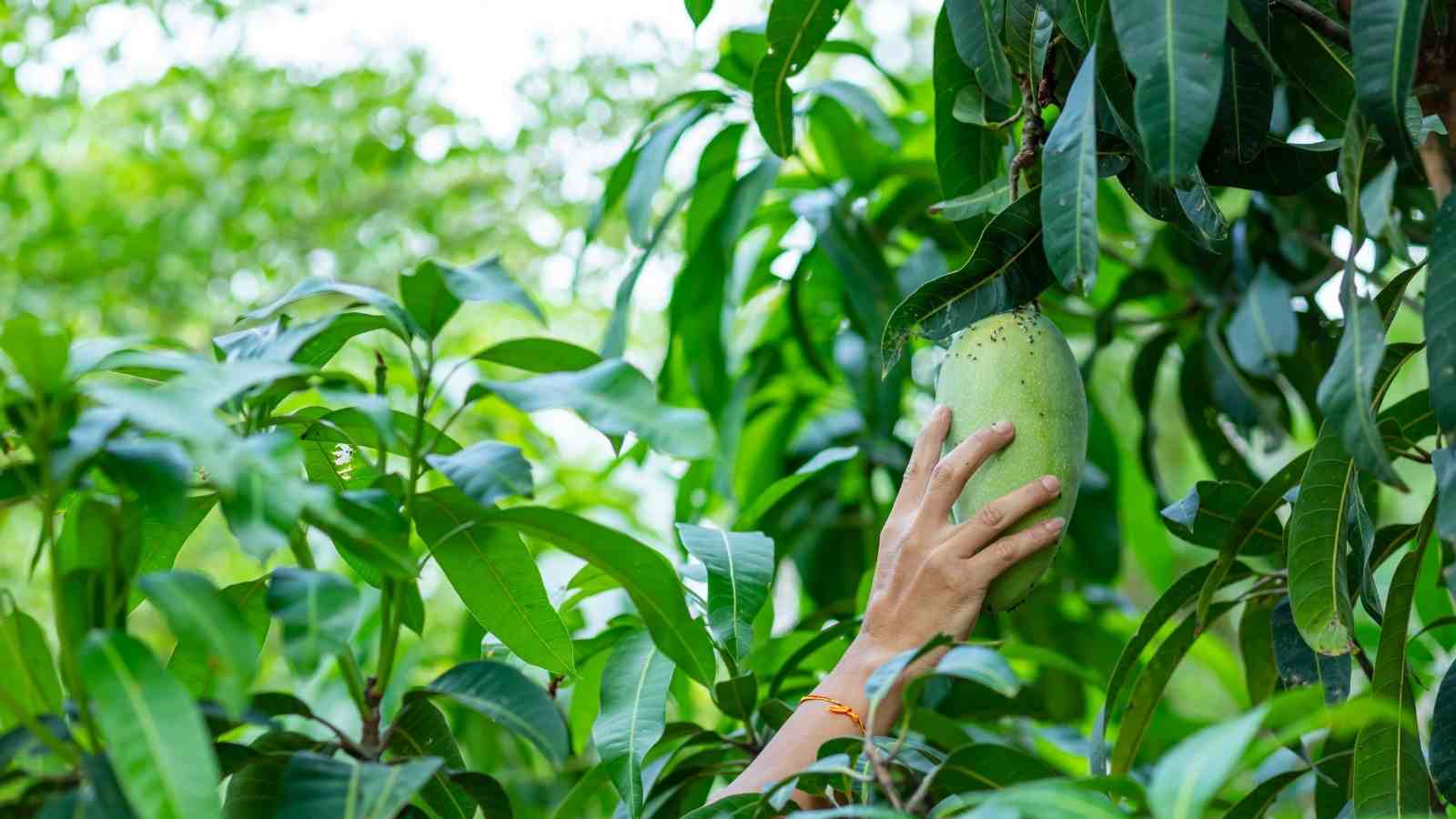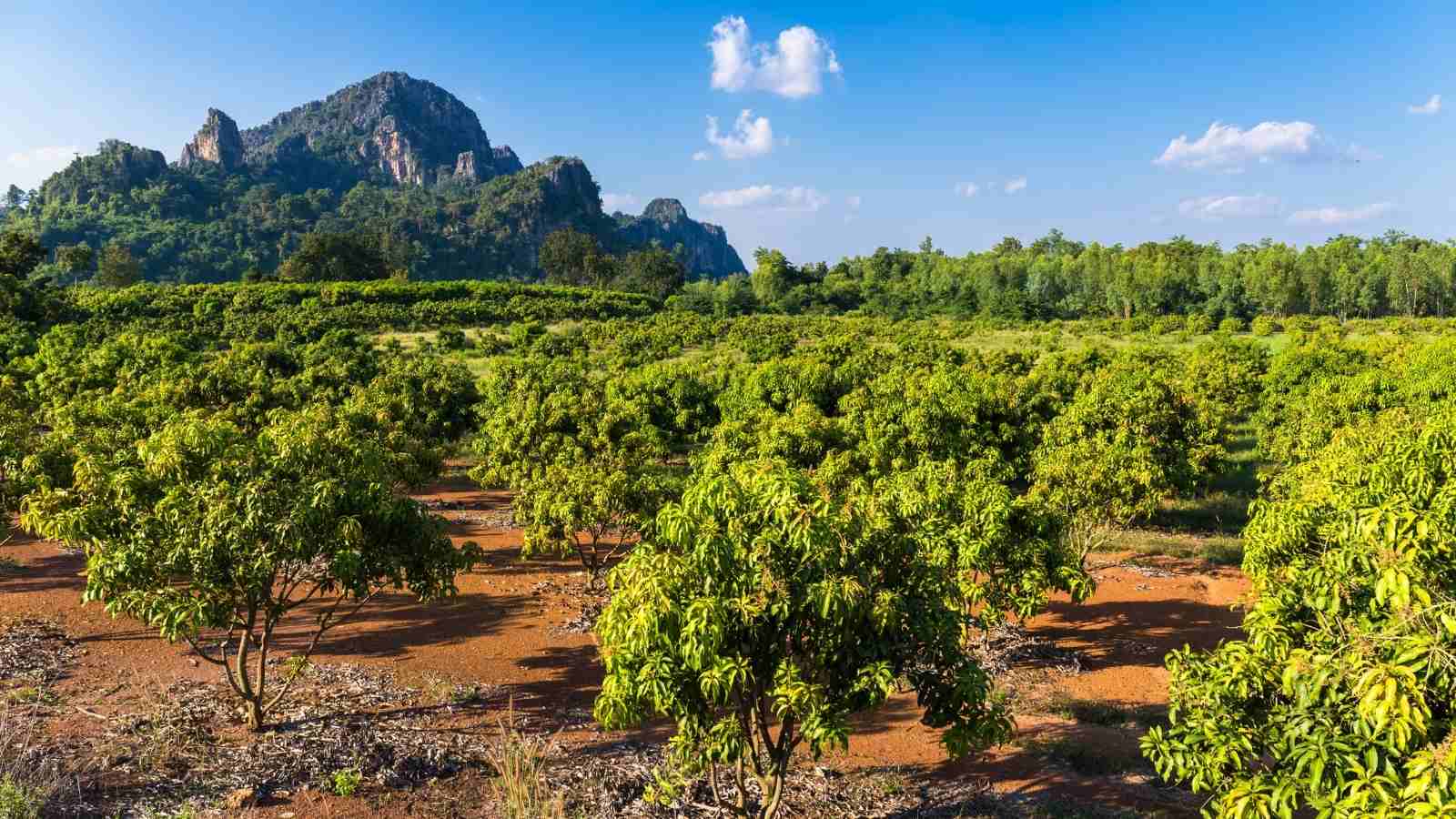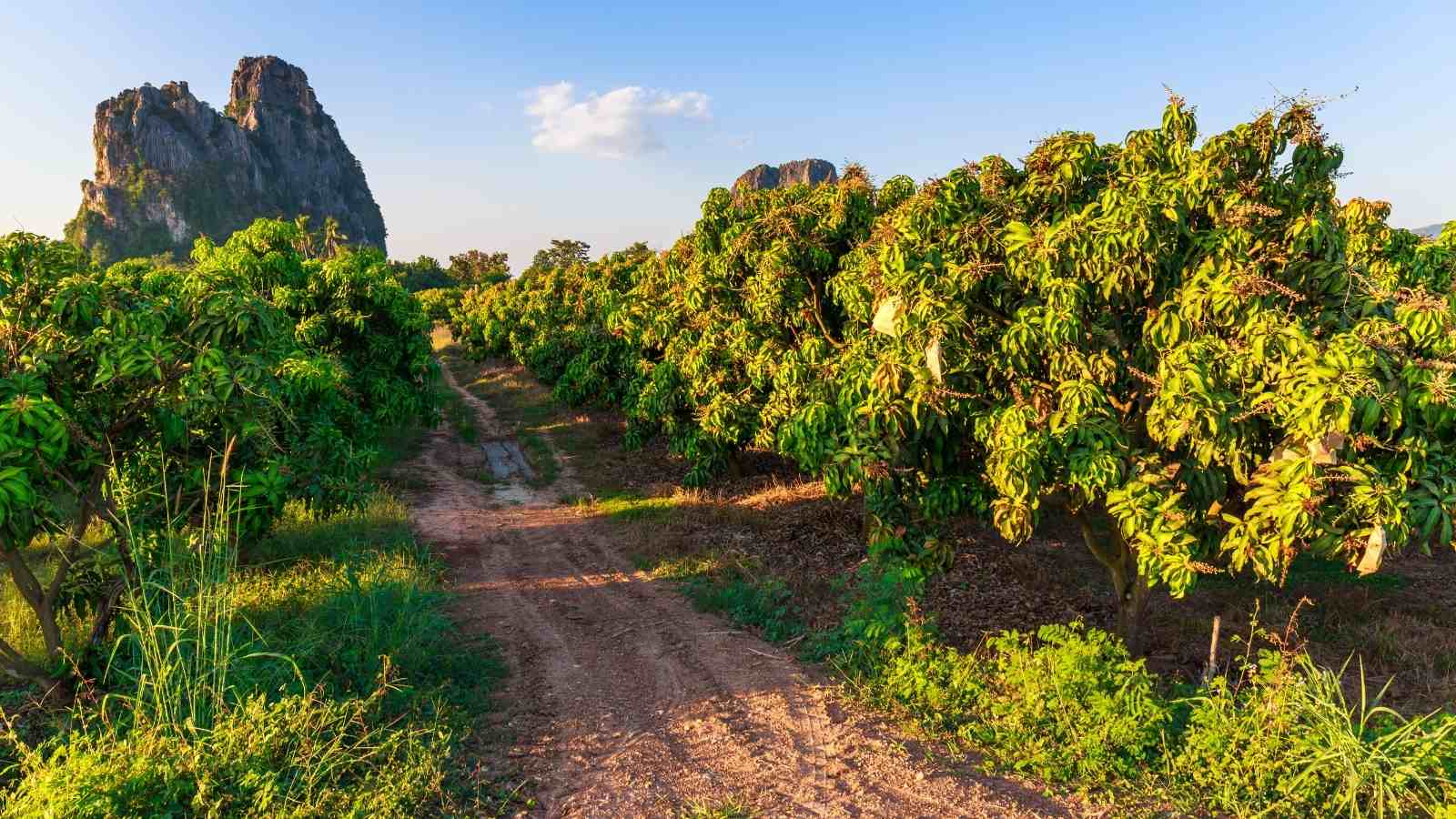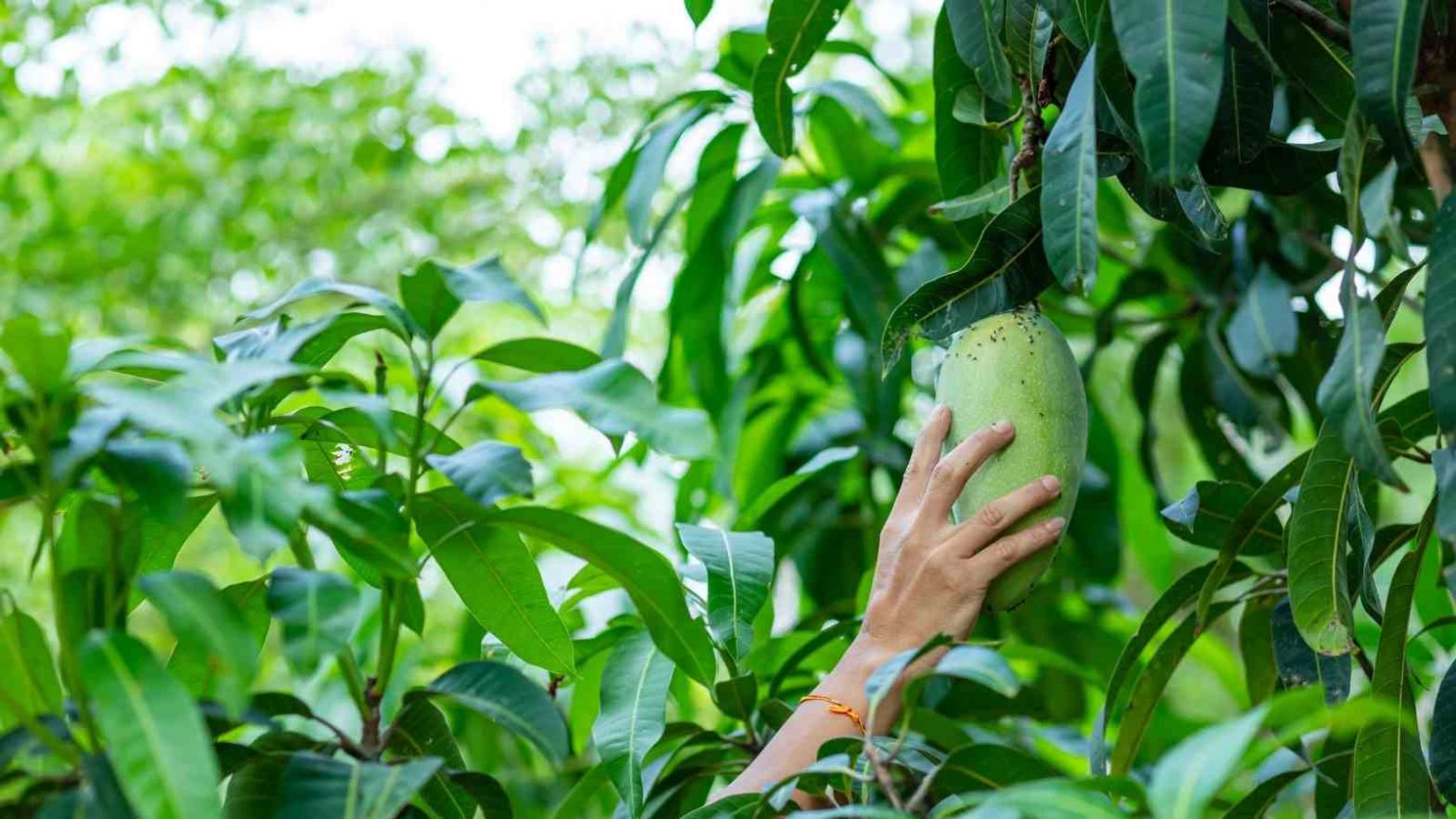Mangoes are considered to be the most loved fruit in India. It has a wide range of varieties from Alphonso to Himsagar, thus, the mangoes are lovingly titled as the ‘King of Fruits’. This fruit is tasty and is equally beneficial for the consumers. With the high roughage content, this fruit is great for digestion and is very good for increasing the immunity level as well. All the more, the mangoes are equally well known for increasing the eye sight and is also great for maintaining a healthy heart. The mangoes are storehouses of potassium and magnesium. Thereby, helping in maintaining the blood pressure of the consumers. So, who would not enjoy a fruit which is not only delicious but also comes with multiple health benefits?

Though the demand of mangoes is extremely high in India, however, the cost of these fruits have not been any less. India exports large chunks of mangoes abroad as well. From these foreign exports, India earns a heavy revenue which in turn is used in providing help to the farmers to grow the fruits. The mangoes are grown in the scorching heat of the summers.
However, by the late April, the growth of the mangoes turns even better with the help of torrential rains called as Kalbaisakhi or the Four o’ clock showers or more commonly, “the mango showers”. Large and extensive mango orchards are found in West Bengal, especially in the regions of Bandel. Well, here in, we have brought to the readers, the most vital aspects of the mango farming in India.
3 Common aspects which are very important for mango farming in India
1. The soil for plantation is very important when it comes to mango farming
The farmers need to remember that mangoes are very nutritious fruits. The fruits draw their inherent nutrition from the soil itself. So, it is very important that the plantation is grown in a soil which provides required nutrients in adequate quantity to support proper growth. It is very essential that the soil being used for plantation is rich is magnesium, nitrogen, boron and calcium apart from other nutrients.

To ensure that the plants can draw their nutrients properly, the soil has to be well tilled and it should be infused with rich manure. With the increasing health concerns, it is always better to use organic manure and fertilizers in required quantity. This ensures that the soil has required nutrients and does not degrade over time due to chemical fertilizers. If the soil does not have the required nutrients, the fruits will not grow properly thus damaging the overall productivity. So, it is important to ensure proper soil quality.
2. Layout of the land and proper selection of plot plays a crucial role in supporting mango farming productivity
It has been observed post study that genetically, mango plants are tall and sturdy in nature. The plants tend to spread out their branches and grow over years. So, it is very important that the plants have enough space to grow both latitudinally and longitudinally.
Therefore, the plants should be positioned such that there is space between each plant. The layout of the land should be large enough to be able to house plants while ensuring required spacing between them. Without proper spacing between them, the productivity of the plants will be affected as they will try to occupy each other’s space. As mentioned, mango plants also grow tall. So, while opting for mango farming, one should ensure that the land is not affected by strong winds or cyclones.
It is better to stay away from land which suffers from such natural calamities as this will break the plants’ growth and affect mango productivity. It has been seen that strong winds and heavy rains break the branches and damage the fruits. So, deciding proper layout of the crop land and selecting proper plot of land is very important for mango farming productivity.
3. Propagation methods are essential in enhancing productivity of mango farming
The 4 most important propagation methods which are used for mango farming are-
- Epicotyl grafting
- Arching grafting
- Veneer grafting
- Soft wood grafting

The propagation methods are primarily introduced for the commercial type of mango farming. The most obvious reason behind using this method is that they require less time to grow and are also resistant to very many diseases. The most important grafting season is during the rainy season, that is, during the months of July to early September in India. The reason n why rainy season is chosen for grafting is because the rain water in the initial days not only helps in easy seepage of nutrients into the plants but also helps in fixing of the roots more firmly.

